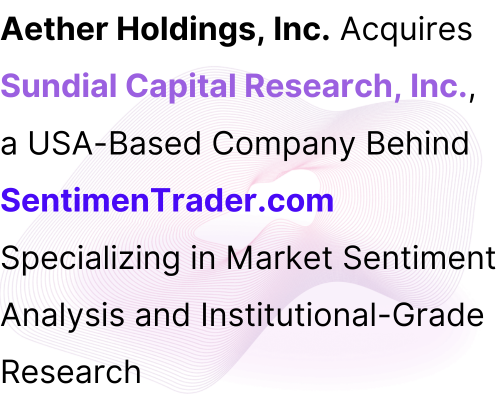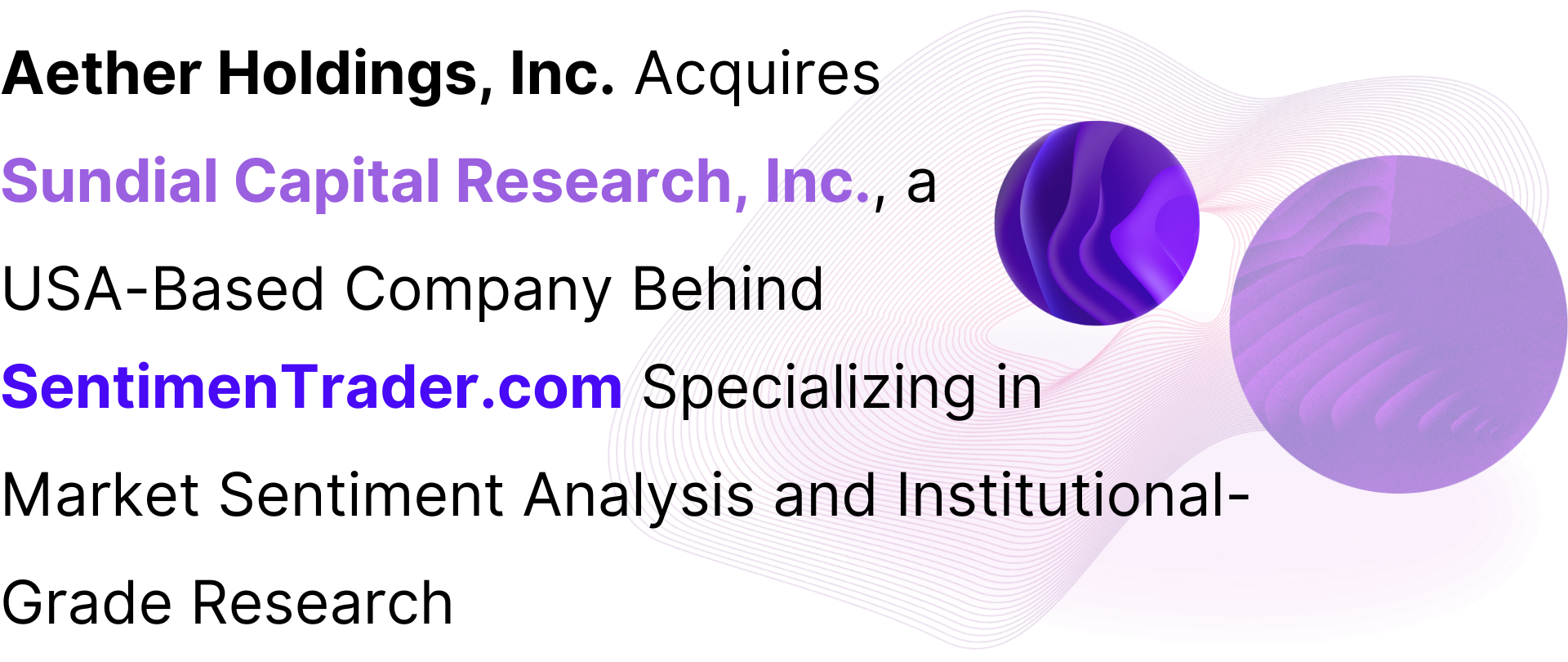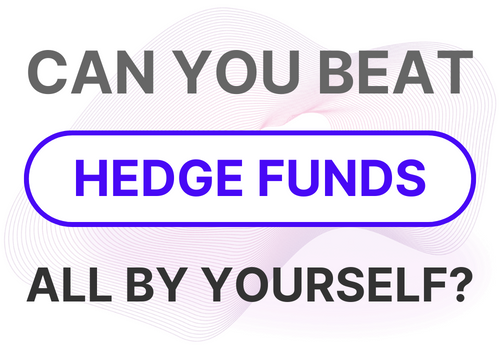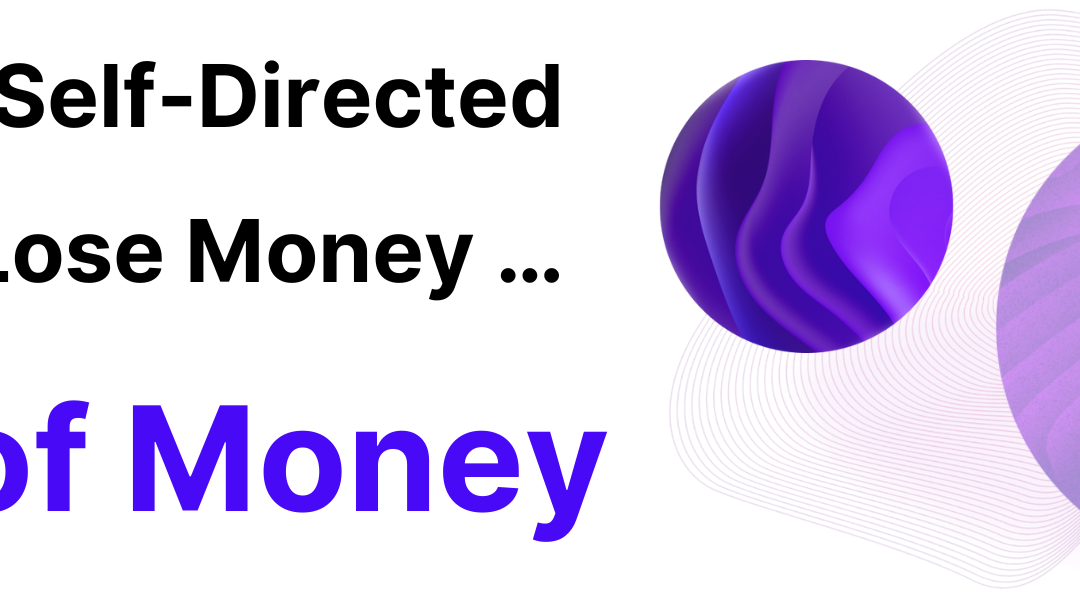
Why Most Self-Directed Investors Lose Money… A Lot of Money

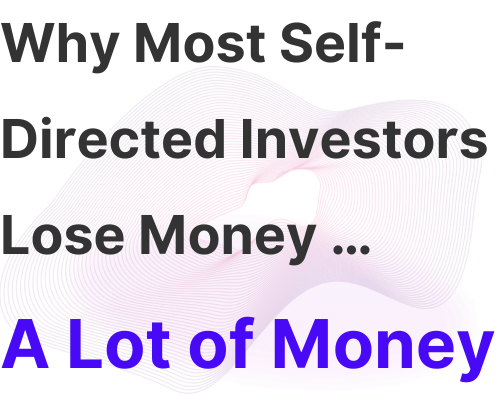
If you had just a 10% chance of being successful at skydiving, would you jump?
Let’s not be ridiculous, of course you wouldn’t. You might not even jump if you had a 99.998% chance of landing safely, which you do.
Now, think about this…
Would you buy a stock if you knew you had just a 10% chance of making money with it?
Of course you wouldn’t. Or at least you shouldn’t.
But chances are, if you’re the type of retail, self-directed investor we’re about to talk about, you’re going to go ahead and do it anyway.
You see, there are a lot of losing traders out there. A whole lot of them. In fact, it’s estimated that only 10% of self-directed investors actually make money trading in the stock market, while 90% lose money.[1]
With over 63 million Americans owning a retail brokerage account, that’s a whole lot of losers.[2]
So, why do so many self-directed investors end up losing more money than they make?
Well, recent history can teach us a lot about why.
During the pandemic, an estimated 16 million Americans got bored, opened a brokerage account and became first time stock traders. Genius stock traders, many would claim.
As you recall, the roughly 21-month long bull-market that occurred during that time resulted in the S&P 500 returning investors over 114%.[3]
That’s almost 13 years of traditional 9% returns crammed into a few short months.
The market was so hot that almost everyone was making money back then…
Toss a dart at a ticker and it went up.
But like all good things in life, it didn’t last forever. By the time the spring of 2022 rolled around, the bull market turned into a bear market, and those “genius” first time retail investors got ground up and spit out by smart money.
Which brings us to why?
Today, just like in 2020, many self-directed investors chose their investments/trades based on what others are doing, rather than searching for diamonds in the rough. I.e., they don’t conduct much due diligence, if any at all.
And research? Forget about it.
Retail investors hear about the huge up-trend in stock X, and how everyone is getting in on it… and then they too follow suit by going in heavy.
And we all know how this scenario ends.
Of course, trend trading can be very fruitful, but you have to know what you’re doing, and you must have the proper tools that can help with measuring true market sentiment – tools like smart money uses.
But without the right sentiment and timing tools, many retail investors find themselves overexposed when the market takes a quick turn, and they end up losing their shirts (more on this in a minute).
Now, following the crowd and being late to the party isn’t the only reason so many retail investors lose. A huge factor in investor losses comes down to greed. Like we said earlier, during the pandemic bull market you could basically pick a winner from a hat.
Because so many stocks rose so quickly, a “get rich quick” theme emerged among retail investors.
Especially those who followed social media “stock gurus.”
Dave Portnoy, from Barstool Sports, famously said in June of 2020, “Say it with me… Stocks only go up. Only losers take profits.”[4]
People believed him.
The “get rich quick” mentality has also led to retail investors over-trading, chasing play after play, having no patience and foregoing long-term profit potential for short term gains.
This leads to booking gains too fast (you need capital to keep “playing”) and holding onto losers too long; with the belief they’ll eventually turn around… even if they’re down 30, 40, 50 percent or more.
Unfortunately, those losers end up outweighing the winners, hence the 90% loser rate.
Clearly, this is the very opposite approach most professionals take, where winners are left to run, and losers are cut quickly.
Sorry Mr. Portnoy, not all stocks go up.
Now, there are a whole lot of other reasons why retail investors often end up on the losing end of a trade. But the most pervasive reason is a likely a complete lack of due diligence, a complete lack of intelligent market research…
And a resistance to using professional-level tools designed to help gauge real market sentiment and to help assist in market timing.
It seems most retail investors simply don’t want to put in the work.
Now, we mentioned earlier how without the proper sentiment and timing tools, many retail investors can get caught overexposed in a market turn, are late to the party when it comes to sentiment swings…
And end up shirtless.
This is why smart money has been using SentimenTrader for so long. You see, the professional-level tools that SentimenTrader offers is believed by many to give a serious edge over dumb money.
In fact, a quick review of their website shows the vast majority of those who’ve commented on its products are, in fact, investment professionals. Aka, smart money.
But…
Unfortunately, only a portion of SentimenTrader’s users are retail, self-directed investors.
Why?
Perhaps too many retail investors believe it’s “too much work” to get SentimenTrader (it’s not) …
And they aren’t aware of the edge that SentimenTrader could be offering to smart money…
Is actually available to them too.
[1] 90% Retail Investors Lose Money – Rediff.com Get Ahead
[2] Must-Know Brokerage Account Statistics [Current Data] • Gitnux
[3] A History Of U.S. Bull Markets, 1957 to 2022 – Forbes Advisor
[4] (1) Dave Portnoy on X: “Say it with me… Stocks only go up. Only losers take profits. #DDTG https://t.co/PEqS7igaAf” / X (twitter.com)

